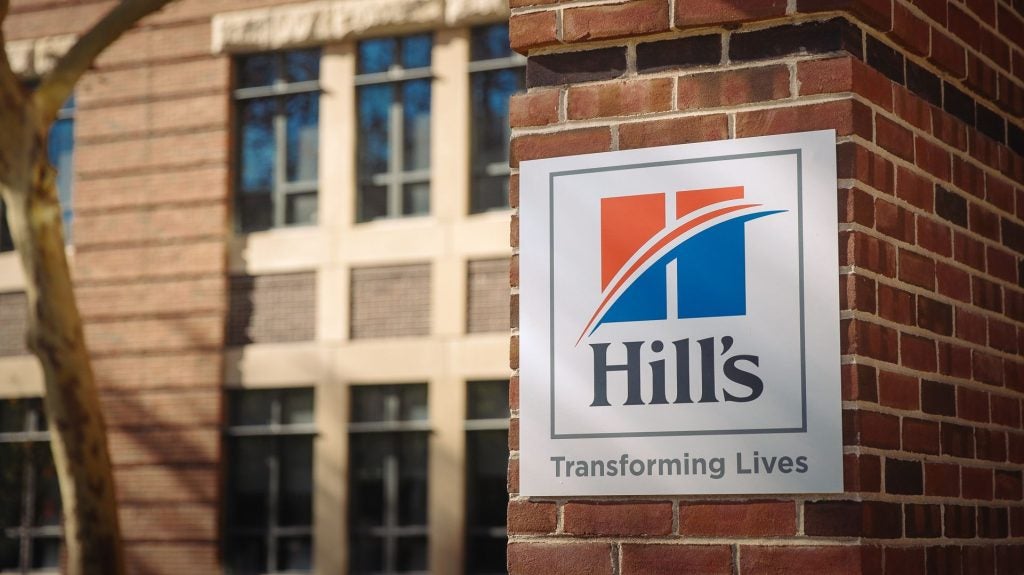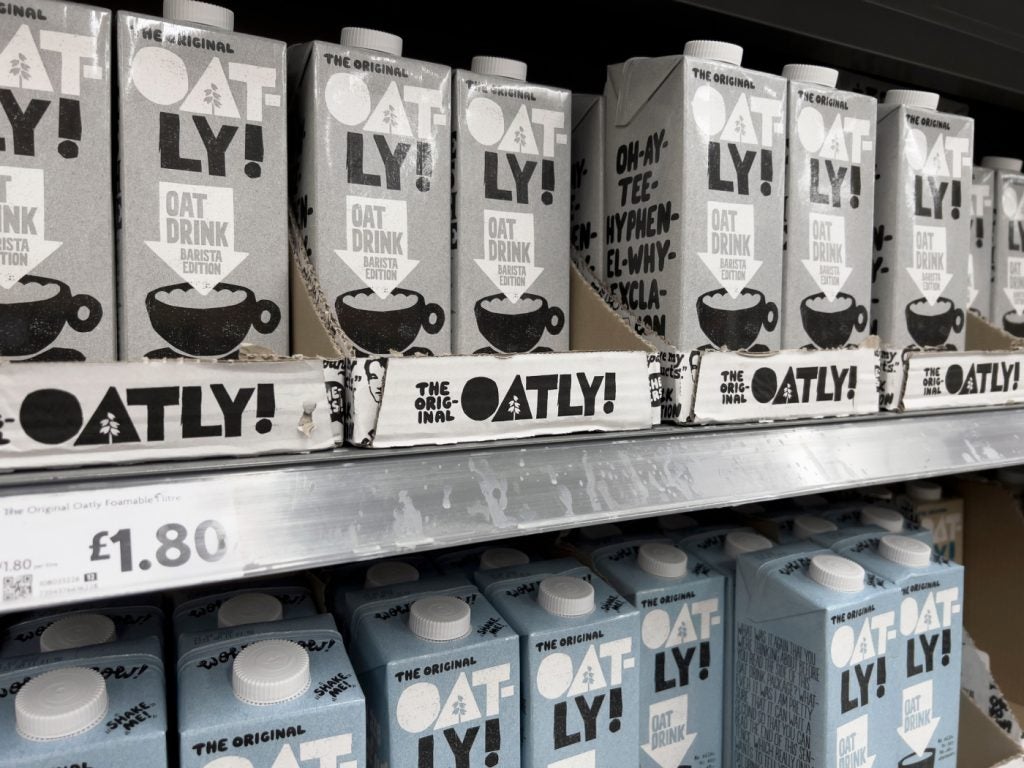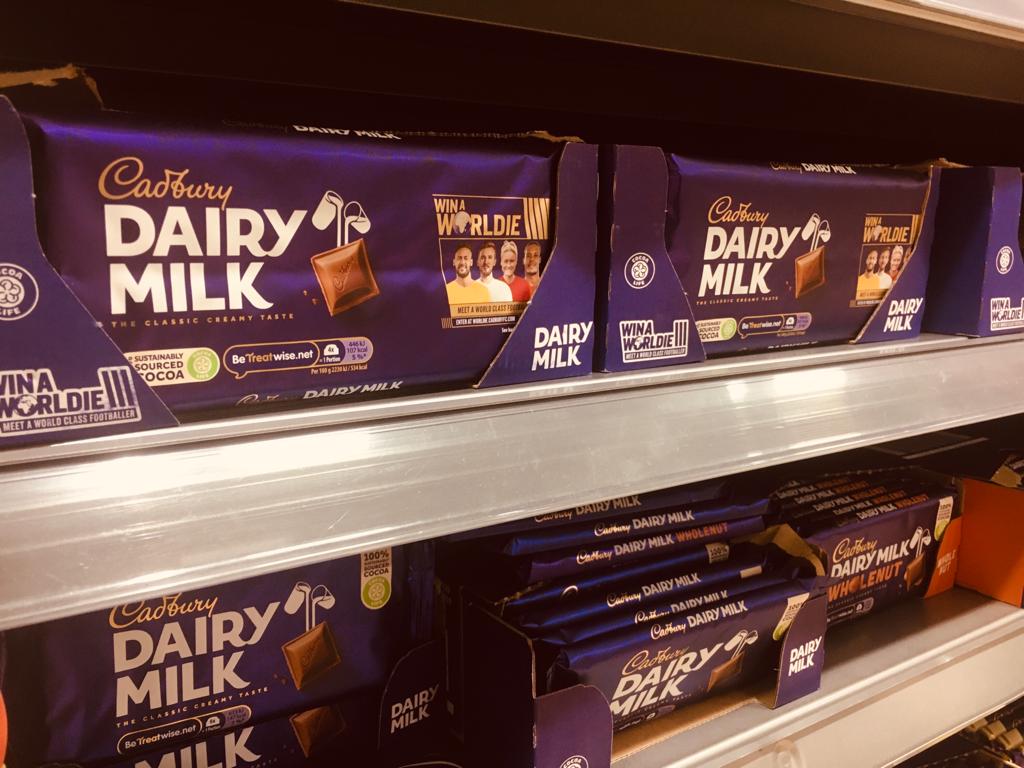Delivering a 77% drop in net profit yesterday (28 May), Tate & Lyle‘s new chief executive Javed Ahmed outlined his strategic vision for the business. The group will increase its focus on value-added ingredients while hanging on to its bulk commodities units. Ahmed also plans to radically overhaul its business systems and processes. Will this new strategy help the iconic sugar firm hit a sweet spot? Katy Humphries reports.
On initial inspection, chief executive Javed Ahmed’s plans for Tate & Lyle might not appear to differ all that much from those of his predecessor.
Like former boss Iain Ferguson, the central plank of Ahmed’s strategy is to increase the group’s emphasis on value-added ingredients to drive profitable growth.
“There is a real need for making some clear choices and a real need for focus,” Ahmed told analysts at a briefing following the company’s full-year results announcement. “We want to become the leading provider of speciality ingredients and food solutions worldwide.”
Tate & Lyle has long recognised the need to shift its focus to higher-margin, value-added ingredients – and has worked to this end for several years. However, this business still only accounts for 62% of profits.
See Also:
So, while Tate & Lyle has long-lauded its ambition of expanding the value-added areas of its business, it seems that the results have trailed the rhetoric.
How well do you really know your competitors?
Access the most comprehensive Company Profiles on the market, powered by GlobalData. Save hours of research. Gain competitive edge.

Thank you!
Your download email will arrive shortly
Not ready to buy yet? Download a free sample
We are confident about the unique quality of our Company Profiles. However, we want you to make the most beneficial decision for your business, so we offer a free sample that you can download by submitting the below form
By GlobalDataSetting out his strategic agenda, it quickly became clear that Ahmed intends to reverse this situation by addressing what he termed an “inconsistency between strategic intent and actual investment strategy”.
Ahmed said that the group’s speciality ingredients business presented a good long-term growth opportunity because the sector is underpinned by “mega trends”, such as increased demand for health and wellness products.
In order to cash in on this opportunity, he argued that Tate & Lyle must realign its investment priorities – with 70% of investment currently being spent on commodities-based businesses.
By working with food manufacturers to develop new food ingredients solutions catering to their specific needs, Ahmed said Tate & Lyle could capitalise on growing demand for ingredients that answered the expanding and quickly-changing functional requirements of food processors.
The company, he said, must speed up its innovation pipeline and become more responsive to the needs of its customers and consumers.
Meanwhile, Ahmed added that there is scope for the group to expand its customer base.
Tate & Lyle’s core consumers are currently large food manufacturers. However, by reaching out to small- and medium-sized firms and private label processors, Ahmed argued that the company could unlock a far greater proportion of the speciality ingredients market.
Another area that Ahmed has targeted for growth is emerging markets.
With the exception of Vietnam, Tate & Lyle has a very small presence in developing markets. However, as Ahmed highlighted, the majority of its FMCG customers have focused investment on these regions as they attempt to capitalise on their high-growth potential.
While this strategy seems sound, there are undeniably execution risks associated with investing heavily in new territories where Tate & Lyle has little or no experience.
As Tate & Lyle invests in expanding its value-added ingredients reach, Ahmed said the group would look to grow both organically and through bolt-on acquisitions.
Tate & Lyle’s capital expenditure is limited by the requirement to retain investment grade status, but underlying cash flow is strong enough to fund smaller deals.
Ahmed said that he would resist pressure to divest Tate & Lyle’s commodities businesses because expansion and acquisitions will be underpinned by the cash flow generated by the group’s bulk commodities units.
Tate & Lyle’s corn, biofuels and sugar units are large, cost-effective, cash generative units where the company benefit from strong customer relationships, he argued.
While they serve consolidated markets where, in many cases, Tate does not hold a leading position and does not “see any path to leadership”, they will act as cash flow generators that will allow the group to drive growth in speciality ingredients, Ahmed claimed. He added that the group is always looking to “maximise shareholder value” but was not currently planning any sell-offs.
Not all commentators have been swayed by this argument.
“However I do the numbers, I can never make the refining investment in the UK work. Tate & Lyle’s sugar business has enjoyed some form of subsidy for most years in living memory and is dependent exporting refined sugar to keep capacity utilisation at economic levels,” Mirabauld analyst Julian Lakin tells just-food.
According to Lakin, even if Tate & Lyle did decide to divest its sugar business, it might have difficulty finding a buyer at an “acceptable price”, while closure would result in massive writeoffs.
“So, Plan A is to soldier on. Is there a Plan B, I wonder? A second runway for London City Airport? Riverside condos?”
As Ahmed looks to convert strategy into action, he insisted that Tate & Lyle needs to also overhaul its business systems and processes.
Ahmed said that management accountability needed to be increased, capital expenditure approval structures revised, a performance-based company culture developed and cut costs by introducing a less complicated operating structure. In addition, Tate & Lyle must modernise its dated and fragmented IT infrastructure, Ahmed said.
By improving the company’s execution and realigning its investment strategy, Ahmed believes that he can breath fresh life into Tate & Lyle.
However, as with any major restructuring move and new strategic direction, what is really needed is time and money before changes translate to the bottom line and the market could be in for a long wait before it becomes clear whether Tate & Lyle can emerge a leaner, more profitable, higher-growth business.







